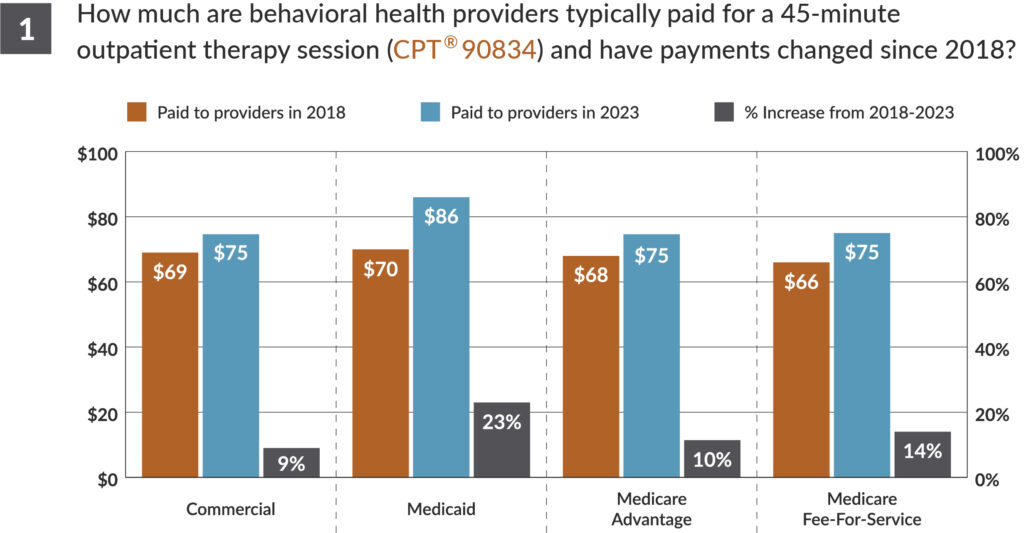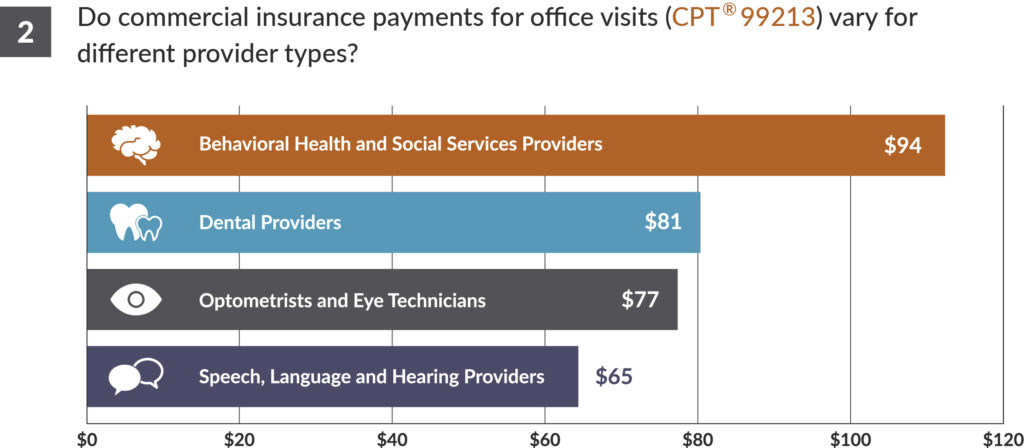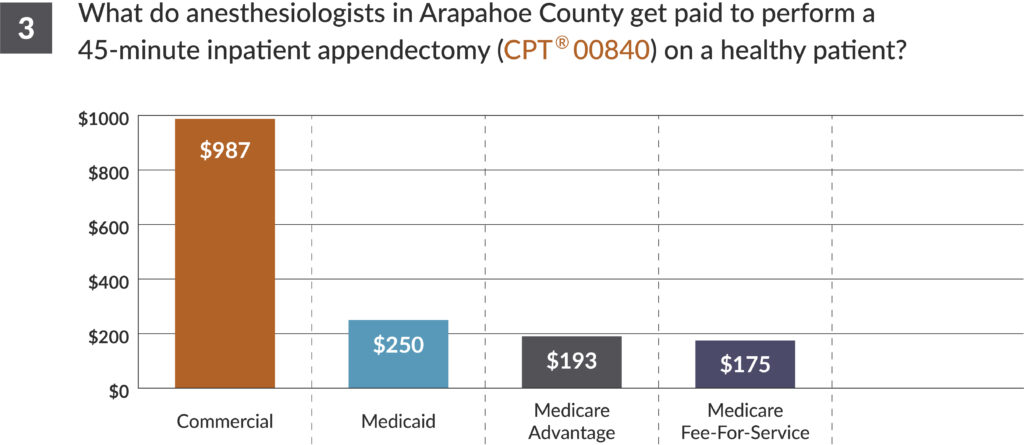The Center for Improving Value in Health Care (CIVHC) recently updated the Provider Payment Tool, the only health care transparency tool of its kind to provide price information for Colorado health care providers. Based on legislation passed in 2022, the tool shows how much doctors and other providers get paid for specific services and how those prices vary across the state.
Price transparency efforts like the Provider Payment Tool are essential to achieving a more affordable, equitable, and effective health care system. Tools like CIVHC’s Shop for Care tool, and other hospital price comparison tools across the state help consumers and others understand variation in facility payments for health care services, but that only provides one piece of the puzzle when trying to understand health care costs. This tool helps provide insights into additional fees that patients may pay for the provider portion of the care they receive.
This year’s tool now includes data from 2018-2023, based on claims information submitted to the Colorado All Payer Claims Database (CO APCD). The tool provides prices (payer and patient combined) for thousands of health care services (CPT and HCPS codes) and is available by payer type (Medicaid, Commercial, Medicare FFS and Advantage) and provider and setting type.
“This tool is one of kind, not only in Colorado, but across the nation,” said Kristin Paulson, CIVHC President and CEO. “Providers themselves have historically had very little understanding of how their payments compare to their peers. This tool unlocks that information for providers, consumers, and a host of other potential users that can use the information to better understand health care prices across the state.”
The tool can answer numerous questions, like how have behavioral health provider payments changed over time? Data in the tool shows that Medicaid has increased payments to behavioral health providers for a 45-minute therapy session most significantly with a 23% increase from 2018, and they are now paying behavioral health providers more than any other insurance payer.
The tool also allows users to answer questions about how payments vary within a payer type for the same service. For example, commercial payments for a routine office visit can vary between $65 and $94 depending on the type of provider offering the services.
A separate tab in the tool provides information about anesthesia payments which can be difficult to predict since they are based on several different factors including the patient health status, the type of anesthesia provided, who provided the service, and where. The tool shows that if a healthy patient has a 45-minute appendectomy in a hospital in Arapahoe County, the anesthesiologist typically gets paid $987 by a commercial plan, and $175 from Medicare Fee-For-Service.
These examples only hint at the countless ways the tool can be used. Increasing transparency around health care costs and pricing equips payers and providers with information to benchmark their own payments, while helping consumers and employers understand reasonable costs. Additionally, legislators, state agencies and researchers can use this information to better understand where payment variation exists in an effort to make health care more affordable.
Explore the Provider Payment Tool and other price transparency tools and reports from CIVHC:
- Provider Payment Tool
- Shop for Care: Enables consumers, providers, and others to compare prices for select “shoppable” health care services and quality information on a named hospital and facility basis.
- Out-of-Network Report: Created to support Colorado’s No Surprises Billing Act, the data this data is used to determine maximum payments for out-of-network provider services.
Additional Resources:
- Provider Payment Infographic (including audience use cases and examples)
- Two Tools, One Mission: Shop for Care and Provider Payment Tool Explained
For more information or additional questions, contact us at info@civhc.org .


